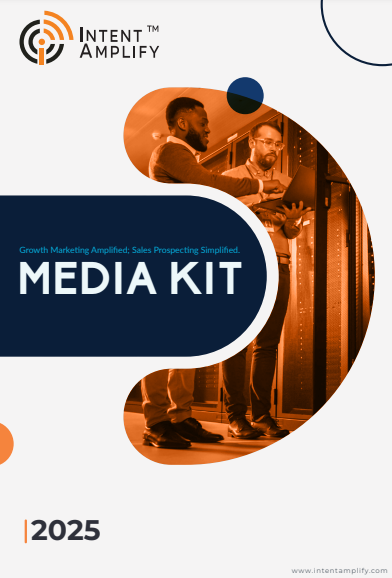
Top 5 Mistakes Companies Make When Implementing Pay-for-Performance Lead Generation
- Last updated on: October 24, 2025
Pay-for-Performance Lead Generation has emerged as a powerful approach for B2B companies aiming to align marketing spend with measurable sales outcomes. By paying only for verified leads or booked appointments, businesses can reduce wasted spend and improve ROI. However, the model’s success depends on execution. Many organizations stumble early by making avoidable mistakes that undermine performance, waste resources, and also strain sales teams. From unclear targeting to poor sales integration, these pitfalls can prevent campaigns from delivering predictable pipeline growth. In this article, we explore the five most common mistakes and actionable strategies to avoid them.
Mistake #1: Failing to Define a Clear Ideal Customer Profile (ICP)
A precise Ideal Customer Profile (ICP) is the foundation of any successful Pay-for-Performance Lead Generation campaign. Without it, marketing may target irrelevant companies or personas, generating leads that are unlikely to convert. This not only inflates costs but also frustrates sales teams, who waste time following up on unqualified prospects.
Consequences of a Poor ICP:
- Low conversion rates from leads to opportunities.
- Wasted marketing spend on irrelevant industries or geographies.
- Friction between marketing and sales due to poor lead quality.
Actionable Strategies to Build a Strong ICP:
Start with firmographic and technographic clarity
Define the industries, revenue ranges, employee counts, and technology stacks that align with your offering. The tighter the segmentation, the stronger the lead quality. Avoid broad targeting; precision drives performance.
Use intent and behavioral data as filters
Look for patterns of genuine purchase intent. Product research, competitive comparisons, or category engagement. Further, integrate these signals into your targeting matrix to prioritize accounts showing readiness to buy.
Identify the right decision-making tiers
Every B2B purchase involves multiple players. Know exactly who influences, approves, and executes the deal. Build your ICP to include both primary decision-makers and secondary influencers who can accelerate conversion.
Keep feedback loops alive
ICPs should evolve, not stay static. Continuously refine criteria based on feedback from sales, campaign data, and conversion outcomes. If engagement or close rates shift, the ICP should shift too.
Align ICPs with growth strategy
Your ICP should mirror your current and future business objectives. Target accounts that contribute to near-term pipeline and long-term market expansion. Strategic alignment ensures marketing and revenue goals stay synchronized.
Validate with data enrichment
Use CRM intelligence and external datasets to confirm data accuracy. Enriched, verified profiles eliminate guesswork and ensure that targeting decisions are data-driven, not assumption-based.
Standardize ICP documentation
Document and circulate a single ICP reference across marketing and sales teams. Unified definitions prevent misalignment, ensuring every Pay-for-Performance Lead Generation campaign speaks to the same audience.
A well-defined ICP ensures that Pay-for-Performance Lead Generation efforts are directed toward high-potential prospects, laying the foundation for predictable pipeline growth.
Mistake #2: Overlooking Lead Quality in Favor of Quantity
Many companies mistakenly equate more leads with better results. In a Pay-for-Performance Lead Generation framework, volume alone does not guarantee revenue. Focusing solely on quantity can flood sales teams with low-intent contacts, slowing down response times and reducing conversion rates.
Risks of Prioritizing Quantity:
- – Increased cost per opportunity due to unqualified leads.
- – Sales team burnout from chasing low-value contacts.
- – Misalignment between marketing metrics (number of leads) and actual revenue outcomes.
How to Prioritize Lead Quality in Pay-for-Performance Campaigns:
The biggest misconception about pay-for-performance lead generation is that higher volume equals higher ROI. In reality, quality determines everything. From cost per acquisition to sales pipeline efficiency. When companies fail to filter intent early, they pay for leads that never convert.
To avoid this trap, start by defining what a “qualified lead” means to your business, not just your campaign. A lead that downloads an eBook may show awareness, but a lead who engages with pricing content or attends a product demo signals purchase intent. Build your scoring model to reflect that difference.
Verification is the next gatekeeper. Use firmographic and behavioral validation before routing leads to sales. This means checking company size, job title relevance, and verified intent signals such as repeated site visits, social engagement, or direct form submissions. Every unverified lead adds friction to your pipeline. And in pay-for-performance models, that friction costs money.
Finally, establish a real-time feedback loop between sales and marketing. Sales data reveals which leads consistently convert; marketing data shows which sources produce them. When both teams share these insights weekly, you move from guessing to optimizing, turning the performance model into a predictable growth engine.
Lead Quality vs. Quantity Impact
| Metric | High-Quality Leads | High-Volume Low-Quality Leads |
| Conversion Rate | 25–40% | 5–10% |
| Sales Time per Lead | 10–15 min | 30–60 min |
| Pipeline Predictability | High | Low |
| Marketing ROI | Strong | Weak |
Example: A fintech firm switched from paying per raw lead to verifying leads via engagement and intent scoring. Over six months, conversion rates doubled while sales effort per opportunity dropped by 35%, illustrating that quality drives pipeline efficiency. Visit Fintech Insights for more information
Mistake #3: Inadequate Lead Qualification Processes
Even high-quality leads can fail to convert if they are not properly qualified. In Pay-for-Performance Lead Generation, the qualification process bridges marketing efforts with sales outcomes. Without it, campaigns generate leads that look promising on paper but lack budget, authority, need, or timeline (BANT).
Impact of Poor Qualification:
- Low sales engagement and missed opportunities.
- Extended sales cycles and reduced forecast accuracy.
- Frustration for both sales and marketing teams.
Best Practices for Lead Qualification:
- Use BANT or similar frameworks: Confirm budget, authority, need, and timeline before passing leads to sales.
- Employ automation tools: CRM workflows, lead scoring software, and AI-driven intent platforms can pre-qualify leads efficiently.
- Establish feedback loops: Ensure sales teams report lead outcomes to continuously refine criteria.
Proper lead qualification ensures that Pay-for-Performance campaigns do not just generate volume but drive meaningful business outcomes.
Mistake #4: Neglecting Seamless Integration with Sales Teams
Marketing and sales alignment is critical for Pay-for-Performance Lead Generation. When teams operate in silos, even high-quality leads may go unconverted due to slow follow-ups, miscommunication, or unclear handoff processes.
Challenges of Poor Integration:
- Leads sit in queues or get lost in the handoff.
- Sales reps spend time validating leads instead of selling.
- Marketing ROI appears lower despite delivering qualified leads.
Strategies for Effective Integration:
- Define clear SLAs: Agree on lead response times and handoff criteria.
- Shared dashboards and metrics: Use a CRM to track lead status, engagement, and pipeline contribution.
- Regular cross-functional meetings: Align on campaign goals, ICP updates, and feedback loops.
Example: A mid-market SaaS client at Intent Amplify implemented weekly syncs and integrated dashboards between marketing and sales. This improved lead-to-meeting conversion by 50% within two quarters.
Seamless collaboration ensures that every lead generated under a Pay-for-Performance model is acted on promptly, maximizing the likelihood of revenue realization.
Mistake #5: Ignoring Continuous Monitoring and Optimization
Pay-for-Performance Lead Generation campaigns are not “set and forget.” Market dynamics, buyer behavior, and campaign effectiveness change over time. Neglecting ongoing monitoring can result in wasted spend, missed opportunities, and declining ROI.
Consequences of Static Campaigns:
- Performance plateaus or declines.
- Leads fail to convert due to outdated targeting.
- Budget allocation becomes inefficient.
Optimization Best Practices:
- Track key KPIs: Cost per lead, lead-to-SQL conversion, pipeline contribution, and close rate.
- Iterate on creative and targeting: Test messaging, channels, and audience segments regularly.
- Leverage analytics dashboards: Visualize trends and identify underperforming campaigns quickly.
Example: An AI Tech client at Intent Amplify monitored weekly campaign data and adjusted targeting and messaging monthly. Within four months, conversion rates increased 30% and cost per opportunity decreased 20%. Visit AITech Insights for more Information
Continuous optimization ensures Pay-for-Performance campaigns remain aligned with buyer intent and business objectives, delivering predictable pipeline growth.
Conclusion
Avoiding these five mistakes is critical for maximizing the impact of Pay-for-Performance Lead Generation. Clear ICPs, high-quality leads, robust qualification, seamless sales integration, and ongoing optimization collectively determine ROI and pipeline efficiency. Companies that address these areas can transform their marketing spend into predictable revenue outcomes. By combining strategy, technology, and collaboration, B2B organizations can harness the full potential of pay-for-performance campaigns, minimizing waste and accelerating growth.
FAQs
1. What is Pay-for-Performance Lead Generation?
A results-driven approach where payment is tied to verified leads or measurable outcomes.
2. How can I improve lead quality?
Define your ICP, apply verification processes, and use intent-based scoring.
3. Which mistake most affects ROI?
Targeting the wrong audience and poor qualification typically have the biggest impact.
4. How do I align sales and marketing effectively?
Use SLAs, shared dashboards, and regular cross-functional meetings.
5. Should campaigns be monitored continuously?
Yes, ongoing optimization ensures leads convert efficiently and ROI stays strong.
Intent Amplify® partners with businesses to implement these best practices, ensuring lead generation efforts drive measurable results and sustainable pipeline expansion.



